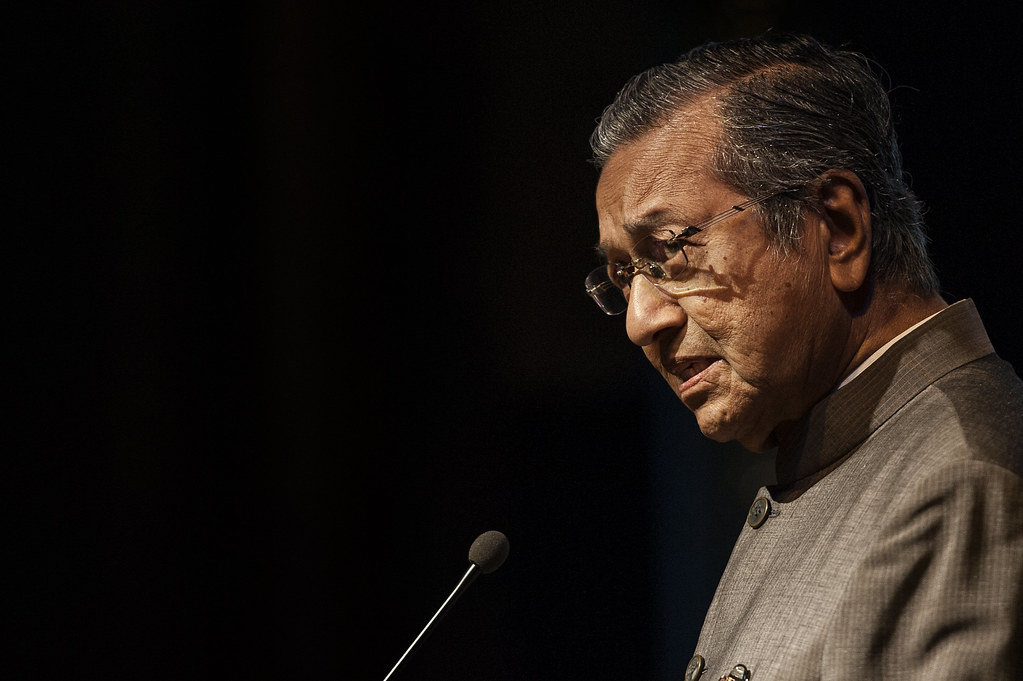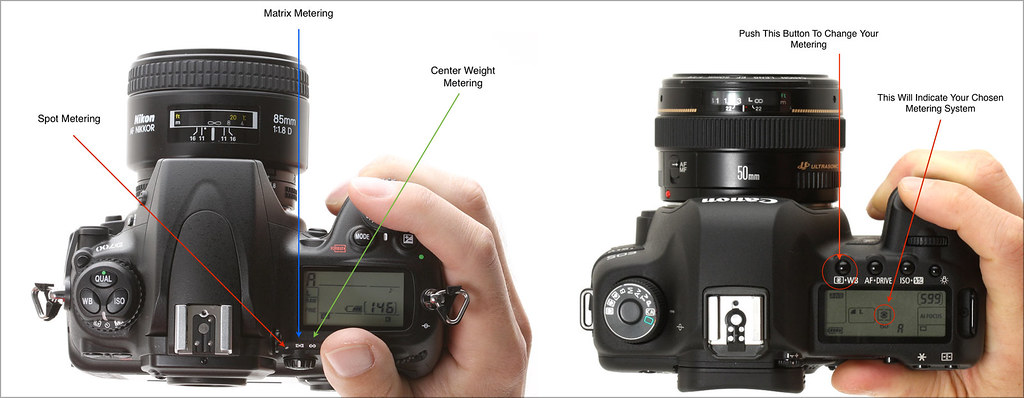Photography Tips | When To Use Spot Metering
© 2013 Wazari Wazir | Tun Dr. Mahathir | For Critical Lighting Condition Use Spot Metering
© 2013 Wazari Wazir | How To Adjust Metering in Your DSLR Camera
I’ve always tell beginners photographer to take their times at least to read once, their DSLR manual book, don’t just simply throw it away and start taking pictures. Please take your time to go through it first, at least take note the function of each buttons that your camera have to offer and get to know how to use it. Even though your DSLR camera maybe just an entry level DSLR but they are far more better than most compact camera in the market and it is a bit sophisticated than point and shoot camera.
Most people especially to those who take their photography seriously will get choose a DSLR than a compact camera, one of the reason maybe to look “great” or “cool” but most importantly is that DSLR offer so much control over point and shoot camera and not to mention to can use wide variety of lenses compared to point and shoot camera, yes I do know that some compact camera have the ability to switch lense but it can be expensive and sometimes much more expensive than entry level DSLR.
But this article is not meant to compare the greatness of DSLR over compact camera but to show you when to use Spot Metering function in your camera. Basically most DSLR camera on the market today offer three basic metering system, which is Matrix metering or Evaluative metering, Centre weight metering and spot metering.
Matrix Metering / Evaluative Metering : Basically when you choose this metering, it will take the metering or light measurement for the correct exposure for the entire frame, meaning that it will take into consideration the overall brightness, contrast and highlight and shadows for the entire frame and will give you the average readings for that situation. Most camera by default will stick to this kind of metering. Normally landscape photographers will use this matrix metering for the overall exposure of the scene.
Center-Weighted Metering : This metering does not have huge difference than Matrix Metering but if you choose this metering, it will take a light measurement for the entire frame also but will put greater emphasis at the centre of the frame hence the name “Centre-Weighted Metering”, among the situation that is best to use this type of metering is for portrait photography, where your most important subject is at the centre of the frame, yes you can use rules of third RO3, when photographing people but you can focus your subject at the centre first and then recompose your shot and lock the exposure using AE or Auto Exposure lock button to lock the exposure if you want to change the position or recompose the position of your subject in the frame.
SPOT METERING : For the photograph of Tun Dr. Mahathir above I use SPOT METERING, Spot Metering is work best in tricky lighting condition, where you need to take a light measurement from a tiny or small part of the frame, just like Centre-Weight Metering, but the area where Spot Metering take a light measurement is very small, somewhere around 3 mm in diameter in the frame depending on your camera model.
Spot metering will take metering or light measurement depending on where you put your AF Focus Point, so you don’t need to recompose your photograph. For Tun Mahathir photograph above, I did not recompose the shot for RO3 but just turn the Af Focus to his face. Let’s say if the Af Focus is on the black area of the frame, the end result will be much more brighter photograph and maybe Tun Mahathir face will be a bit blown out or overexpose to compensate for the black area in the frame.
Why Matrix Metering is not suitable for this type of lighting conditions? Simple because if I were to use Matrix Metering, the camera will take the average reading of the entire frame for light measurement. Since the black area in the frame is dominant compared to Tun Mahathir face, the camera will tend to give much more brighter exposure to compensate for the black area, and the result, Tun face will be overexposure.
Actually the background is not that solid black, there is some light behind but it is very dark compared to the light that falls on Tun face, from my naked eye, I still can see what’s in the background but my camera cannot expose perfectly those two different situation, so when I use Spot Metering and take the reading from Tun M face, the camera gives me faster shutter speeds which is 1/500, using f/2.8 and ISO 1250. With that fast shutter speed, it is impossible to get the background into view, the background is already dark and when I’m using fast shutter speed, the background turn into solid black because the exposure difference between tun face and the background is so high. If I want to get the background into focus, so you can view what’s hidden behind, I need to use maybe around 1/30 or up to one second if I stick to the same ISO and same aperture settings.
For the photograph above I use Manual Mode, so when I recompose the shot (if I happen to put the AF sensor in the middle), the exposure remain the same but if you are using Program Mode and want to recompose the shot after taking a Spot Meter reading from your subject face, you need to LOCK the exposure, just look for AE Lock button or Auto Exposure Lock button in your camera and use it so that when you recompose the shot, the exposure doesn’t change.
The other situation where Spot Metering work best is when someone is in backlighting condition, for an example you wanted to photograph someone with the beach behind him or her during bright sunny days, if you don’t use flash and using Matrix Metering, your subject face will highly be underexposed because the camera will compensate on the brighter area in the background, the background maybe get well exposed but your subject face will be probably be underexposed during bright sunny days but if the situation is overcast, like the storm is coming at the beach, you might get a good result.
So just keep in mind about metering, use Spot Metering for tricky lighting conditions, depending on your camera model please try to locate where the metering button is located so, whenever you need to change the metering, you know where to adjust. There is a reason why those buttons are there, it is not to make your camera look sophisticated but to give you a greater control to get the result the way you wanted it to be and not the way what the camera think it should be.
Get The Secret HERE


